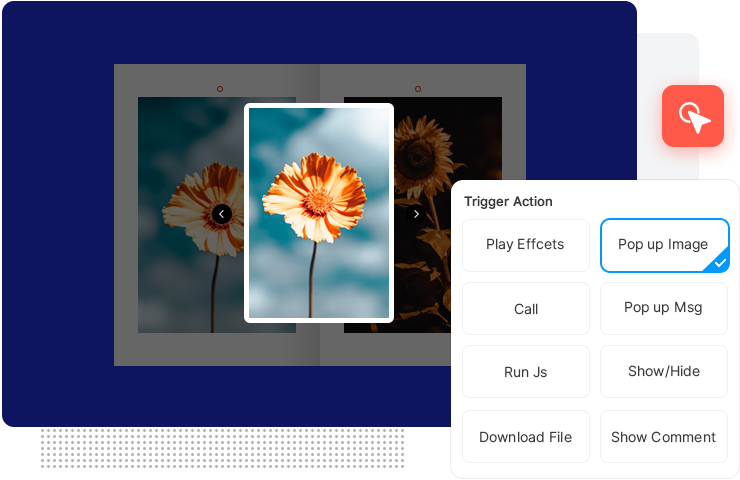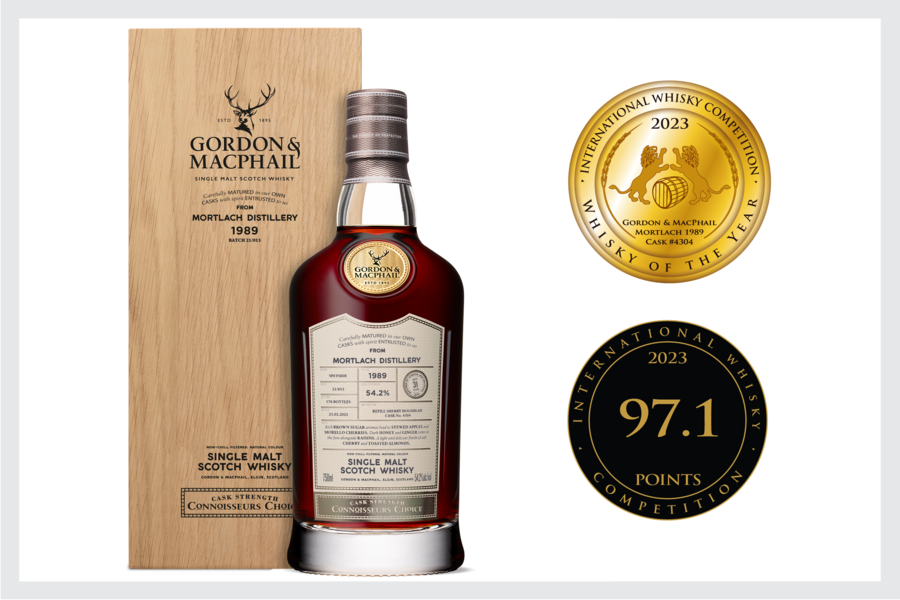With so many industrial inkjet printing processes and systems, various types of dyes and inks are required to match the substrate and process. The following will discuss four types of inkjet industrial inks and their uses.
Aqueous Inks
The primary carrier for aqueous ink is water, which is mixed with dyes or pigments. Pigments are better if you want fade-resistant prints, but dyes are brighter and cheaper.
Aqueous inks are non-toxic before and after the printing process and are used mostly for card and paper media like photography, posters, art, indoor signage and banners, treated canvas, and other items when the non-toxic option is most suitable for things like food packaging.
Aqueous ink isn’t used for outdoor applications or non-absorbent media or specially coated media. Printers used with this ink are usually roll or sheet fed with piezo or thermal heads.
Dye Sublimation
Inks used to absorb into polyester textiles or coatings fall into the category of dye sublimation. The process involves imprinting onto a temporary transfer paper. After it’s dry, the printed paper is pressed against the materials where heat is applied. The ink sublimates (vaporizes) and gets absorbed into the polyester, which forms a permanent bond to the textile.
The dye sublimation process is used for garments, soft signage, furnishings and the like. Other examples include mobile phone covers, tablet covers, and signs or plaques made from wood, plastic, or metal, and ceramic plates and mugs.
Dye sublimation cannot be used for anything that isn’t made from polyester or coated with this material. This process is performed via roll fed printers by piezo print heads.
Strong Solvent
Industrial inks that require volatile solvents as carriers for colorants are strong solvent inks. They are most commonly used for outdoor signage. Strong solvent inks work well with billboard papers and plastic media. In this process, the solvent dissolves into the surface of the substrates, locking in the pigment or dye colorants once the solvent evaporates.
These inks are most used for billboards, outdoor signs, mesh, automobile wraps, curtain sides, and banners. The printer types for this process include piezo print head printers with large formats from 2.0 to 5.0 meters wide.
Eco Solvent
During the early 2000s, eco solvents were developed for use as an alternative to hazardous, pungent solvent industrial inks. They don’t emit strong odors and consist of less hazardous compounds. No forced ventilation is necessary for printing with this kind of ink, therefore, it can be used indoors in office settings.
Eco solvent inks are used for indoor and outdoor displays and signs, point of sale, billboard papers, polypropylene, automobile wraps, self-adhesive vinyl, and mesh substrates.
Eco solvent inks are not used on non-absorbent materials and piezo print heads are used in a diverse range of configurations between 20 inches and 5 meters.
Keep in mind that even though most printers are designed for specific types of inks that cannot be swapped out for another, some aftermarket inks are compatible and usually cheaper, especially with bulk pricing. Needham inks develop, tests, and distributes high-quality industrial inks across several industries and platforms.
Article added by Needham Ink




